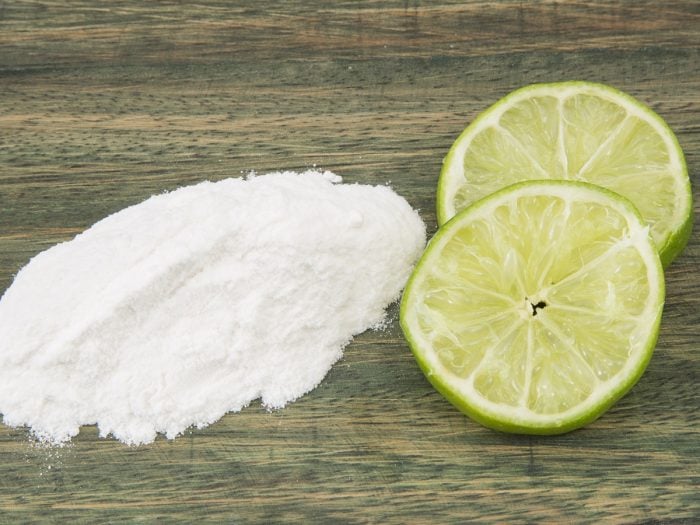The best yeast substitutes for baking ought to be ingredients that are either usually present in your kitchen or can be kept handy. There are many instances when you may need these, especially if you are an avid baker! Dry yeast helps to convert the sugars in the dough into carbon dioxide, causing the dough to rise and giving recipes their fluffy, strong structure.
Yeast Substitutes
The need to look for a yeast substitute can arise in several situations. You could want a substitute because your supermarket aisles have run out of dry yeast or you simply don’t have it in your kitchen when you need it. Many people are discovering that they need yeast substitutes because they have intolerances to yeast, and are seeking to cut it out of their diets. Enthusiastic home bakers are probably aware that there are not enough exact substitutes for yeast. But there are always ingredients like baking soda and lemon, milk and vinegar, and more which can get the effect of leavening dough. [1]
Baking Soda and Lemon
To replace yeast, you need to cause a reaction that will create carbon dioxide in the dough. This is what causes those lovely air bubbles to rise in your bread dough. Simply add together equal parts baking soda and lemon juice, enough to equal the amount of yeast called for in the recipe. For this substitution to work, do not let it rise, so put the dough in the oven immediately. [2]

Baking soda and lemon juice as yeast substitutes readily available in your kitchen. Photo Credit: Shutterstock
Milk and Vinegar
If you are worried about lemon juice overpowering or being too distinctive in your recipe, you can also use a combination of milk and vinegar instead of lemon. Mix milk and vinegar in a 1:1 ratio, then combine in equal parts with baking soda, to equal in total the amount of yeast that the recipe calls for. You can also just use plain buttermilk with baking soda, if available. Using these ingredients as substitutes also cuts down on the rising time for the dough. On the other hand, for the days when you are running out of vinegar, head to our vinegar substitutes article.
Double Acting Baking Powder
Baking powder is a combination of cream of tartar and baking soda. The cream of tartar acts as the acid against the baking soda and releases the carbon dioxide that is needed for the dough to rise. This can be substituted in an equal ratio to the amount of yeast called for. Bake the dough right away. The baking powder will react twice, once when it is first mixed, and once again when in the oven, so don’t worry if you don’t immediately achieve the height you want.
Quick Bread
If you are okay with some alterations to the final result of your bread baking process, consider making a quick bread recipe. This is a category of bread that requires no yeast to rise and can be a great solution for making homemade bread when you’re trying to avoid yeast. Quick bread includes bread like banana, Irish soda, cornbread, and biscuits. So, while working without yeast may take a bit of trial and error to get the recipe right, there’s no reason to go bread-less in the meantime.
